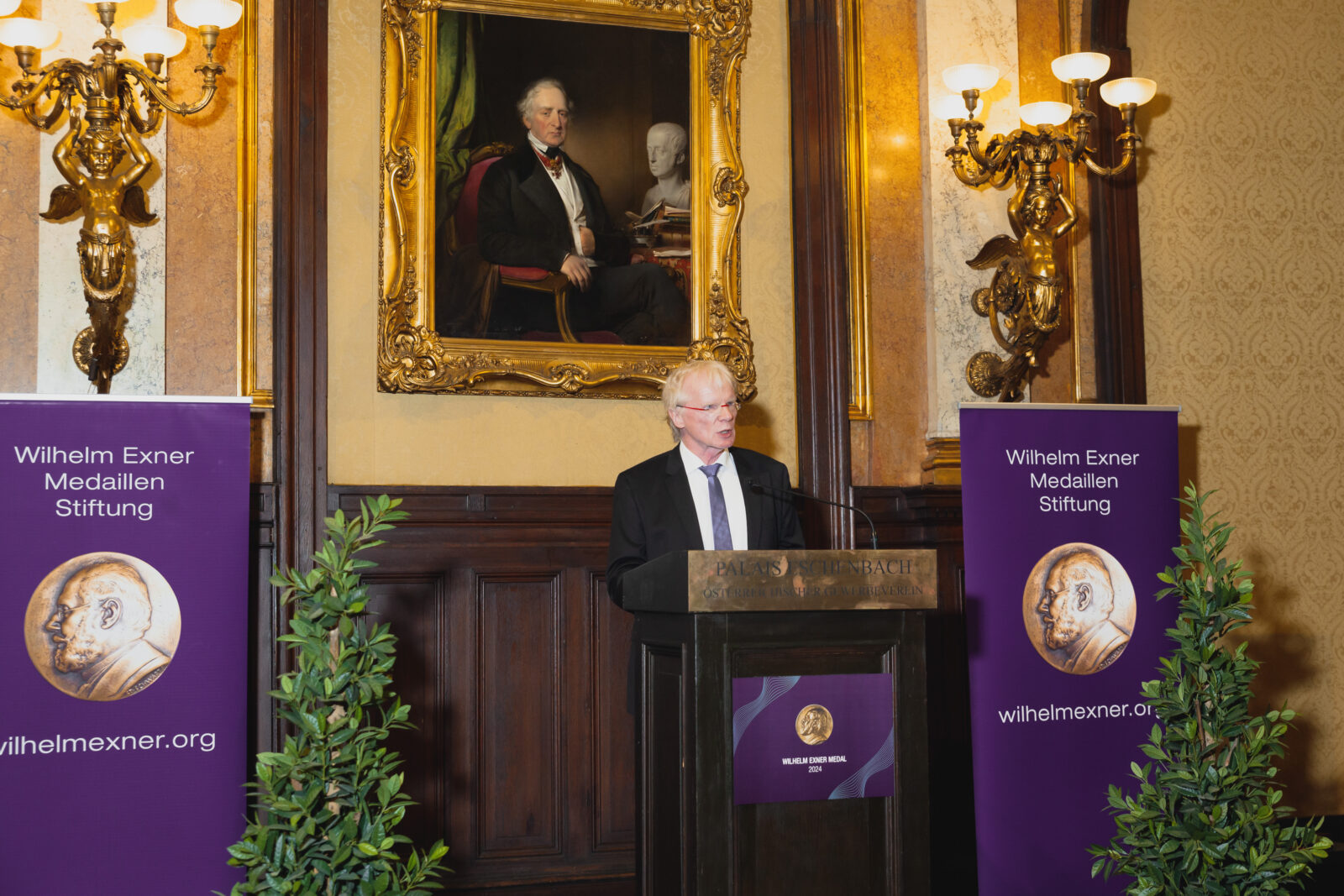Heterogeneous Catalysis – a Key Topic in Chemistry between Basic Research and Commercial
Heterogeneous catalysis is essential for chemical production and energy transformation, yet catalyst discovery remains largely empirical. While high-throughput experimentation—pioneered by the high throughput experimentation company in Heidelberg (hte)—has accelerated innovation, mechanocatalysis is also emerging as a sustainable breakthrough. By applying mechanical energy (e.g., ball milling), reactions achieve higher yields under milder conditions, including the possibility of running the Haber-Bosch process at room temperature and atmospheric pressure. This approach, now starting to transition to commercial use, promises more efficient and sustainable chemical synthesis.
Ferdi Schüth (Max-Planck-Institut für Kohlenforschung, Mülheim an der Ruhr, Germany)


